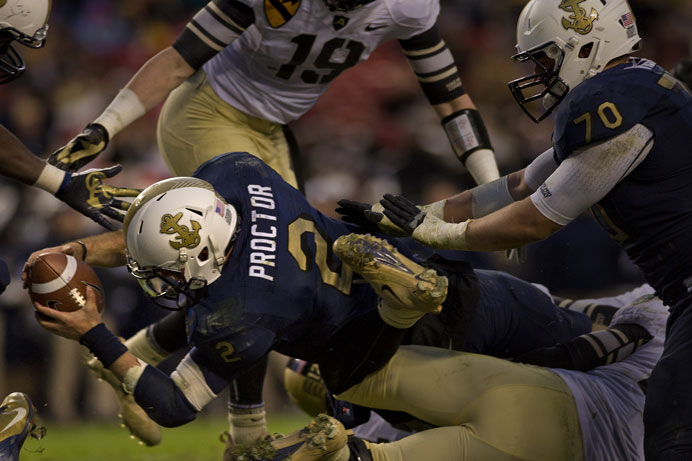Neuro-Recovery
Have persistent dizziness, headaches or balance problems? Ready to overcome your symptoms, even if nothing else has worked?
Dr. Lily Semrow is 1 of only 2 board-certified chiropractic neurologists in West Michigan. She has helped many patients with dizziness, migraines and post-concussive symptoms through customized brain-based rehabilitation.
FAQ
Our Neuro-Recovery program uses a combination of physical therapy, vision therapy, vestibular therapy and manual therapy to create a customized solution that targets your CORE PROBLEM. These exercises re-train dysfunctional neuro-pathways that can lead to dizziness, headaches, balance issues, pain, and other neurological symptoms.
Current evidence suggests that 1-2 days of physical and cognitive rest is appropriate for most concussed patients. Following this, you should gradually increase activity. This will likely help you return to normal daily activity sooner than those who avoid both physical and cognitive activity during the acute stage of a traumatic brain injury.
Your dizziness is very real. Long-term maladaptation of the brain can trigger vestibular symptoms, but this doesn’t mean you are imagining it, or you can simply imagine it away. Dizziness is a complex phenomenon. For example, a newly defined diagnostic syndrome called persistent postural-perceptual dizziness (PPPD) often gives patients a sense of chronic dizziness and unsteadiness, but their diagnostic tests and conventional imaging results are usually normal. Conditions like this can be managed effectively with tailored treatment strategies. A doctor with up-to-date training on vestibular rehab can correctly identify your CORE PROBLEM and avoid therapeutic mistakes.
The brain is amazing at making adaptations. However, research has shown that “natural” recovery for lost vestibular function is not optimal. Even though the brain can quickly compensate for some of the damage, other aspects do not recover well and can remain for a long time. This is why some dizzy patients may feel better over time, but still have lingering dizziness associated with movement such as a quick head turn or riding in a car. Sometimes, the brain hides a permanent deficit by creating new strategies that we don’t want, i.e. tightening neck muscles, limiting head movements, blinking more, or closing eyes with head turns. The key to recovery is early rehab exercises in the right combination with the right intensity in the right progression.
Yes, it is quite possible. What researchers have learned over the years is that rigid guidelines and cookie-cutter protocols don’t work the best when it comes to vestibular rehab. Novel and multi-modal stimulations give patients the best outcomes. That’s why we use a combination of physical therapy, vision therapy, vestibular therapy and manual therapy to create a customized solution that targets your CORE PROBLEM.
Our evidence-informed, neurology-based approach allows us to:
Take an ENGINEERING APPROACH to your condition

Dig deep to uncover CORE PROBLEMS that cause your symptoms

Give you RAPID and SUSTAINABLE symptom relief and functional improvement

Migraines

Dizziness

Post-Concussive Syndrome

Balance Problems
“For the last 15 years, I have suffered from migraines as well as intermittent vertigo with little to no improvement after utilizing various traditional treatments. My symptoms were cyclical and would come and go without an identifiable trigger which was especially frustrating… After four months of treatment, I feel the best that I have in a very long time… Dr. Lily’s commitment to symptom reduction and adjusting the treatment plan to accommodate such results is incredible.”
– A. J.
“I had been through 7 different doctors in less than a years time trying to reduce my migraines and other side effects from multiple sport related head traumas. Dr. Lily did the initial appointment with me… She is very personable, goes in to detail to help you understand exactly what is going on and why, and gives exercises to do at home for continuous improvements.”
– K. M.
